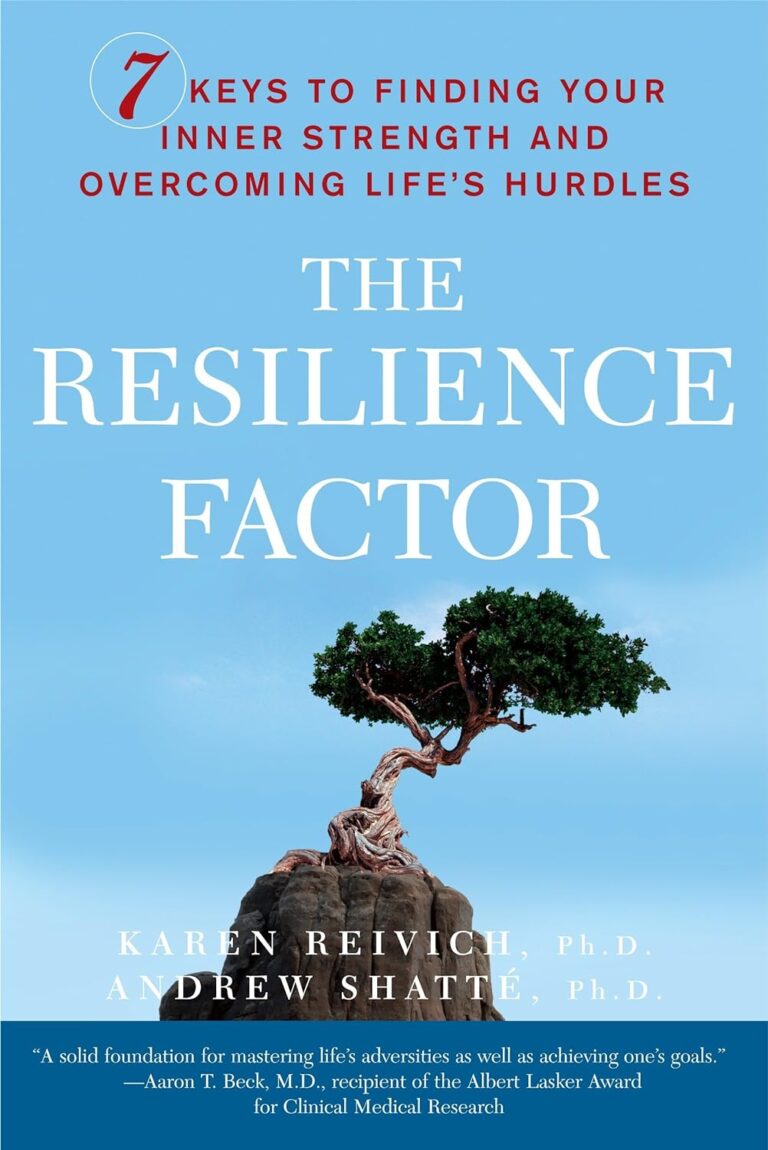
Angiogenesis, a vital biological process, is the formation of new blood vessels from pre-existing ones. It plays a critical role in a range of natural events, from embryonic development to wound healing. But angiogenesis is not always beneficial; when it goes unchecked, it can spur the growth of diseases like cancer. In this article, we’ll delve deeper into what angiogenesis is, how it occurs and the role it plays in both health and disease.
Angiogenesis Defined Unveiled
Understanding The Term
Derived from the Greek words “angio,” meaning vessel, and “genesis,” meaning creation, angiogenesis literally translates to the formation of new blood vessels. This process is a crucial component of the body’s repair mechanism and is regulated by various growth factors in the body to ensure balance.
The Science Behind Angiogenesis
Angiogenesis starts when the body needs additional nutrients and oxygen, usually in response to injury or growth. It is controlled by a balance of pro- and anti-angiogenic signaling molecules, which either stimulate or inhibit the process accordingly. When the balance is tipped towards pro-angiogenic molecules, the process is initiated.
The Process of Angiogenesis
Pre-angiogenic Phase
Before angiogenesis begins, the body undergoes hypoxia or an insufficient supply of oxygen. This triggers the release of pro-angiogenic factors that respond to the need for more blood vessels to ferry nutrients and oxygen to tissues.
Angiogenic Phase
In the angiogenic phase, these signaling molecules initiate the sprouting of new blood vessels. Endothelial cells, which form the inner lining of blood vessels, start to proliferate and migrate towards the source of angiogenic signals.
Post-angiogenic Phase
Once the required blood vessels have been formed, the anti-angiogenic factors turn off the process. The new blood vessels stabilize, blood flow begins, and tissues receive the necessary nutrients and oxygen.
The Significance of Angiogenesis in Human Health
Normal Angiogenesis: Body Development & Repair
Angiogenesis plays a crucial role in our formation and development, sustaining us from embryonic periods to adulthood. It also repairs our bodies, aiding in wound healing by delivering necessary blood components to injured areas, promoting tissue growth and regeneration.
Angiogenesis in Diseases: Uncontrolled Cell Growth
While angiogenesis is typically well-regulated in response to bodily needs, abnormal angiogenesis can contribute to various disease states. Uncontrolled angiogenesis can result in excessive blood vessel growth, leading to diseases such as cancer, diabetic retinopathy, and arthritis.
Angiogenesis in Cancer
Role of Angiogenesis in Cancer Growth
In cancer, angiogenesis sustains tumor growth by supplying it with nutrients and oxygen, it also provides a route for the cancerous cells to invade other areas. This process is often hijacked by the tumor, causing an excess of pro-angiogenic factors and leading to rapid, uncontrolled blood vessel growth.
Targeting Angiogenesis in Cancer Treatments
Given the role of angiogenesis in cancer, efforts have been made to develop treatments that target this process. Anti-angiogenic therapies aim to cut off the blood supply to tumors, starving them of the necessary nutrients for growth. These include drugs like bevacizumab (Avastin) and sunitinib (Sutent), which have shown promise in improving cancer treatment outcomes.
Get to know us better
If you are reading this, you are in the right place – we do not care who you are and what you do, press the button and follow discussions live

Clinical Applications and Future Directions of Angiogenesis Research
Angiogenesis-inhibiting Therapeutics in Contemporary Medicine
Today, anti-angiogenic drugs are used in treating a variety of conditions where excessive angiogenesis occurs. In addition to cancer, these include wet age-related macular degeneration and proliferative diabetic retinopathy. These drugs inhibit angiogenesis by blocking the action of pro-angiogenic factors.
Ongoing Research and Potential Future Applications of Angiogenesis
While anti-angiogenic therapies have proven beneficial, research is still ongoing to explore the potential of angiogenesis further. This includes developing more effective angiogenesis inhibitors, studying diseases where angiogenesis is inhibited, and even using it for regenerative medicine and tissue engineering.
Conclusion
Recap of Key Points on “What is Angiogenesis?”
In recap, angiogenesis is a highly regulated biological process that forms new blood vessels from existing ones, enabling body growth, development, and repair. Although it plays a crucial role in human health, abnormal angiogenesis can lead to a variety of diseases. Therefore, understanding and effectively manipulating angiogenesis has significant implications for healthcare and medicine, particularly in creating new treatments for a multitude of conditions.
FAQs
- What is the difference between normal and abnormal Angiogenesis?
Normal angiogenesis is a growth-regulated process essential for growth and repair, whereas abnormal angiogenesis involves unregulated growth of new blood vessels, potentially leading to various diseases.
- How does angiogenesis contribute to the spread of cancer?
Angiogenesis provides the necessary nutrients and oxygen for tumor growth. Moreover, it allows cancer cells to invade other tissues by using the newly formed blood vessels.
- What are the potential treatments that target angiogenesis in diseases like cancer?
Several anti-angiogenic drugs, such as bevacizumab and sunitinib, are being used to inhibit blood vessel formation in tumors, thus starving them of the nutrients necessary for their growth and survival.
- How is the process of angiogenesis regulated in the human body?
Angiogenesis is regulated by a balance of pro-angiogenic and anti-angiogenic factors. Whenever the body needs more oxygen and nutrients, pro-angiogenic factors are released. Once that need is met, anti-angiogenic factors shut off the process.
- How does angiogenesis contribute to wound healing?
Angiogenesis helps in wound healing by forming new blood vessels that deliver essential nutrients and oxygen to the injured site, promoting tissue growth and regeneration.

















Comments
Thank you. Comment sent for approval.
Something is wrong, try again later